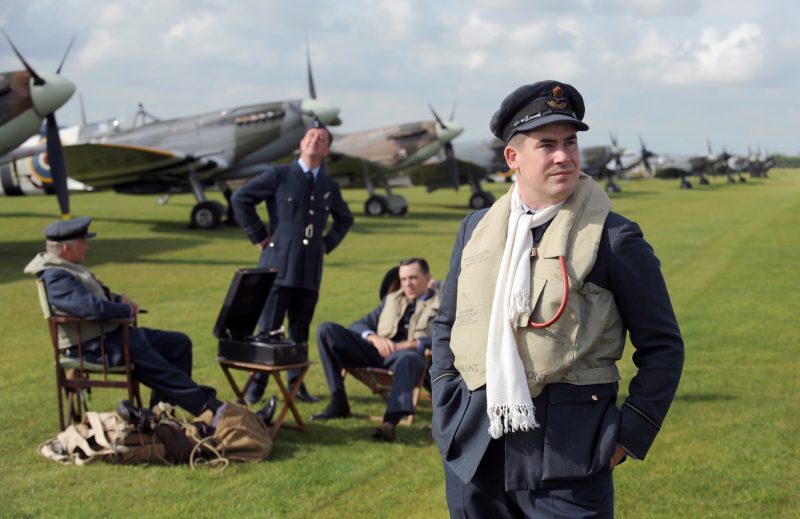In the heat of an aerial battle, can you really keep track of how many planes have been shot down?
During WWII, intelligence officers believed that this was possible and so charged pilots with reporting back kill counts. These counts were used by the intelligence services to determine fighter plane capacity and as propaganda during the war. The question is: how reliable are the kill counts reported by the pilots?
The truth is that overclaiming was rife during the war. Fighter and bomber pilots would often increase the number of downed enemies to some degree. This was a problem that the command staff was aware of from the early stages of the war and it led to a need for a confirmation procedure.
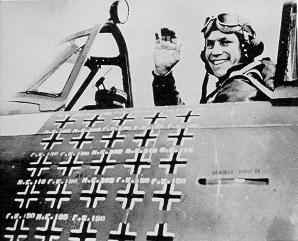
Recent research which compares the kill claims to recorded losses has confirmed the problem. An overclaiming in the region of 3-1 to 5-1 was common in the reports. There are many possible reasons for the overclaiming of kills to occur.
The most likely reason is that pilots and gunners were unable to accurately keep track of downed enemy planes during an aerial engagement. The speed and confusion of these battles along with the multiple hits from various guns would make it impossible to track any movements with particular accuracy.
There was also a very small minority of fighter pilots who would be able to remain completely calm during combat.
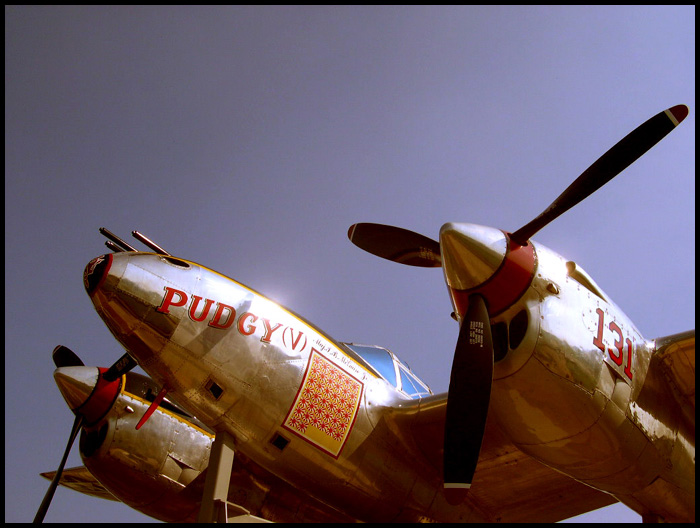
Evasive maneuvers taken during an engagement can also look like the out of control spiral of a downed plane. However, many of the planes that exited the combat zones would stabilize and return to the fray. As a pilot, it would be impossible to tell when this happened.
The construction of fighter planes also made them harder to down. They would often be hit by multiple enemies before they were forced out of the fight. This frequently led to more than one pilot claiming the kill and inflating the overall numbers. There would be no way of knowing which bullet caused the plane to go down.

The formation of fighter plane engagements made it tricky to determine kill counts. The tightly grouped formations of B-17s and B-24 bombers enabled multiple gunners to target enemy fighters. According to Masters of the Air, this was one of the explanations for overclaiming.
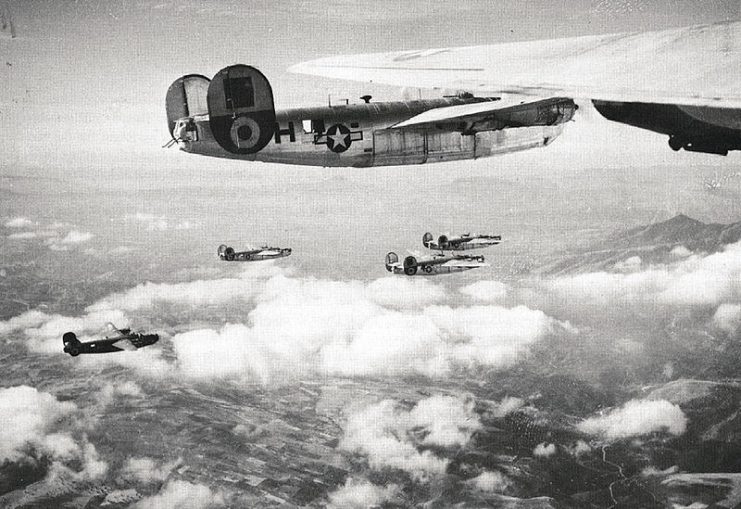
It is also possible that pilots deliberately inflated their kill counts.
Some claims were easier to dispute than others. One of these cases is Sgt Satoshi Anabuki of the 50th Sentai who claimed two P-38s and three B-24s in 1943 with no witnesses. The Allied loss report showed that there were no P-38s in the area.
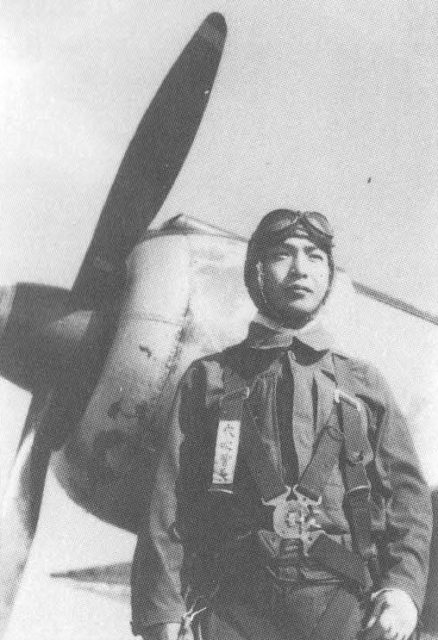
Most fighter pilots would not want a reputation of lying and having their claims doubted. This did not stop some of them from overclaiming when there were no witnesses, like Robert Hanson of VMF-215. He would routinely claim victories during combat when there were no witnesses after losing his wingman.
While overclaiming can be explained, the intelligence officers of the time needed more accurate numbers. Inaccurate figures led to poor decisions and strategy being created as the enemy’s fighter capacity could be underestimated.
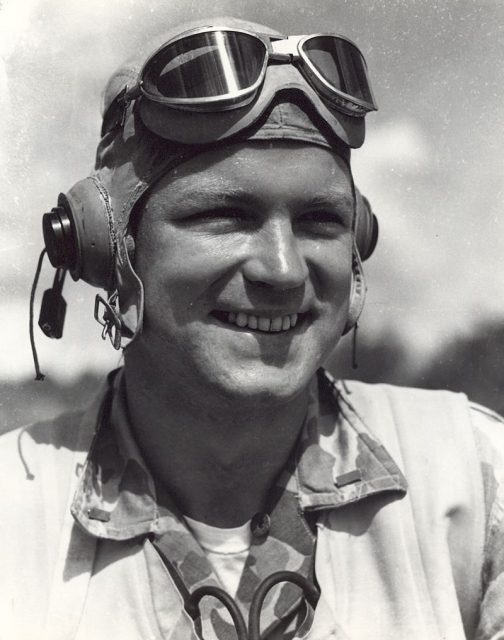
One of these occasions was the Battle of Britain which started when it did because the Germans believed the RAF was weaker than it was based on kill counts.
To combat this, most countries introduced some form of confirmation for kill claims. The Luftwaffe arguably had the strictest policy for confirming kills. The kill would need to be verified with microfilm footage or a witness. In the case of enlisted men, two witnesses were required to confirm that the enemy aircraft was downed or the pilot was seen bailing out.
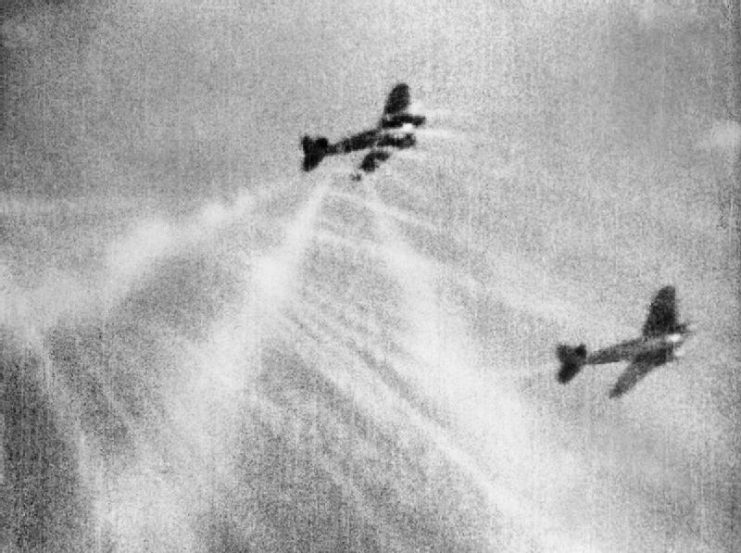
The Soviet forces used a similar procedure to the Germans. Confirmation of the crashed enemy aircraft would need to be confirmed by a combatant not known to the pilot. If more than one gunner shot the plane, the kill would generally be awarded to only one.
The Allies took a different approach and relied primarily on after-combat reports. These reports were analyzed by intelligence officers, and the kills would be awarded as outright, probable, damaged and shared. As Allied fighters often engaged over enemy territory, they could not verify the crashed planes.
Combat microfilm footage would also be reviewed where available.
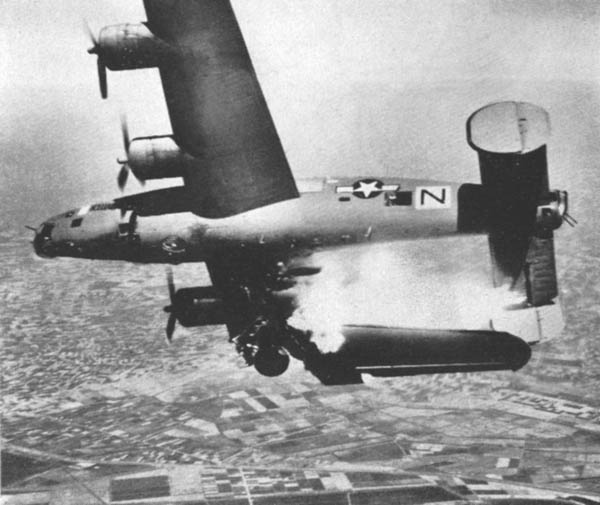
Kill counts raised the reputation of a fighter pilot, but they were not always true. The speed and confusion of aerial combat combined with the formation of attacks made it hard to determine these figures with accuracy.
There is no way we will ever truly know how reliable any WWII pilot kill count really is.
